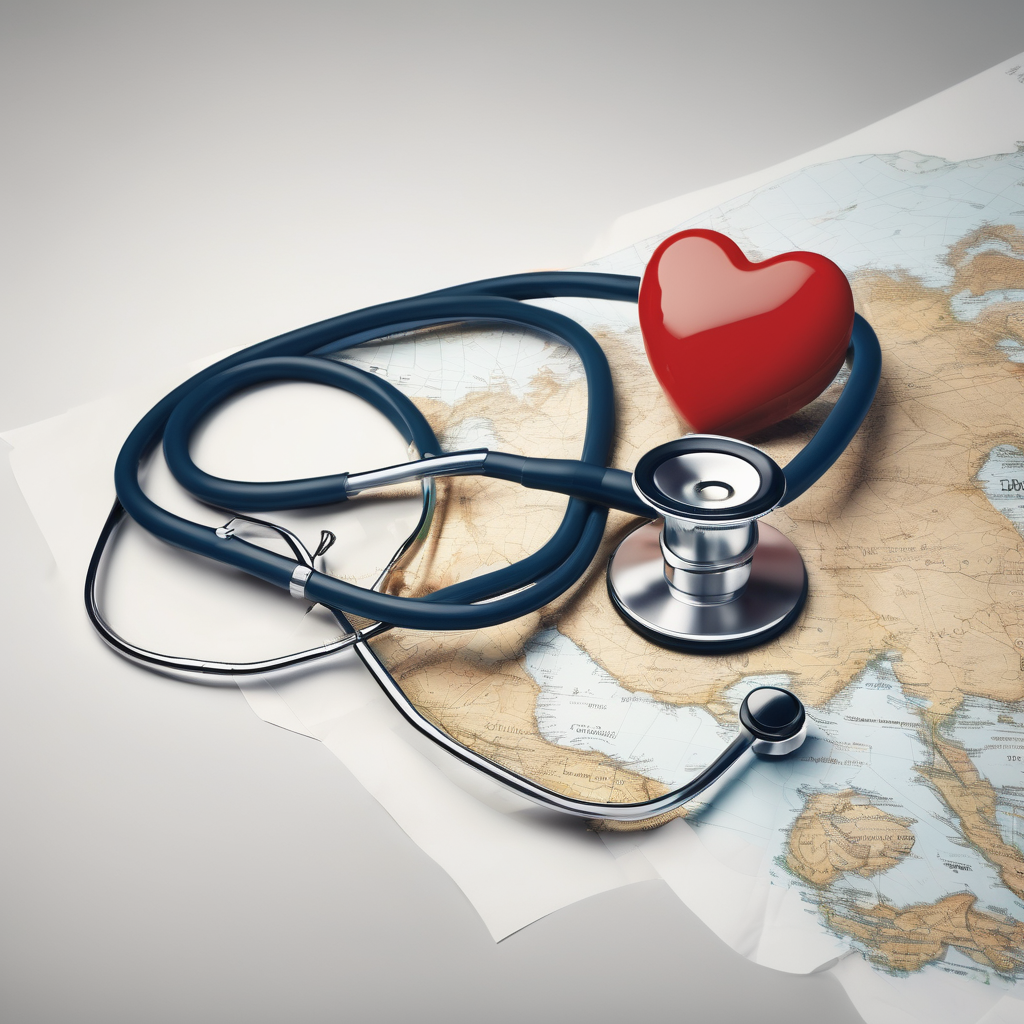A recent global report underscores the pressing issue of hypertension, or high blood pressure, in many parts of the world, particularly highlighting the situation in Palau and other Pacific regions. The World Health Organization (WHO) reveals in its “Global Report on Hypertension 2025” that a shocking 48 percent of Palau’s population aged between 30 and 79 are affected by this condition, which stands notably above the global average of 34 percent. In the Federated States of Micronesia, although the prevalence is slightly lower at 33 percent, it remains a critical concern.
The report brings attention to the widespread impact of hypertension across the Western Pacific, a region encompassing 38 countries with a population of over 2.2 billion. Despite the substantial number of adults diagnosed with hypertension, only 22 percent maintain controlled blood pressure levels, with alarming figures in some Pacific Island nations where control rates plummet below 5 percent.
As the world acknowledges World Heart Day, WHO emphasizes the crucial need for regular blood pressure checks and the availability of affordable medication to mitigate the risk of hypertension, often termed a “silent killer.” This condition typically shows no symptoms until severe health events such as strokes, heart attacks, or kidney failure occur. Furthermore, uncontrolled hypertension is a known risk factor for dementia, complicating the health landscape further.
Among the countries analyzed, Tuvalu exhibits the highest hypertension rates, with over half of its small population affected. Comparatively, larger countries like Tajikistan and Iraq have similarly high prevalence rates at 44 percent. In Paraguay, hypertension affects 55 percent of the adult population, with a significant number lacking adequate condition control.
Approximately 1.4 billion people worldwide experienced hypertension in 2024, with only a fraction achieving effective management of the condition. WHO’s regional director for the Western Pacific, Dr. Saia Ma’u Piukala, stresses that political commitment, investment, and the integration of hypertension control into primary health care are imperative to combat this health crisis.
Uncontrolled hypertension not only shortens lives but also burdens healthcare systems and economies, with cardiovascular diseases predicted to cost low- and middle-income countries trillions by 2025. WHO advocates for basic interventions, including routine blood pressure monitoring, accessible medication, and digital health solutions, to enhance adherence to treatment.
Some countries, like Korea, have demonstrated success, achieving a 59 percent control rate through sustained efforts. The Western Pacific Region aims to have 100 million more people successfully managing their blood pressure by 2029, effectively doubling current control rates.
Member states will deliberate future strategies during the 76th session of the WHO Western Pacific Regional Committee in Fiji this October, as the call for intensified actions against hypertension and other non-communicable diseases becomes urgent.
The data from the WHO report and similar studies stress the necessity of preventive health measures and policy-driven initiatives to address the threat of hypertension. With the right strategies and collective will, it is possible to avert the devastating effects of this “silent killer” and move towards healthier global populations.
